Lonely Planet 2014: When many creatures big and small join the exodus, a mass extinction event approaches
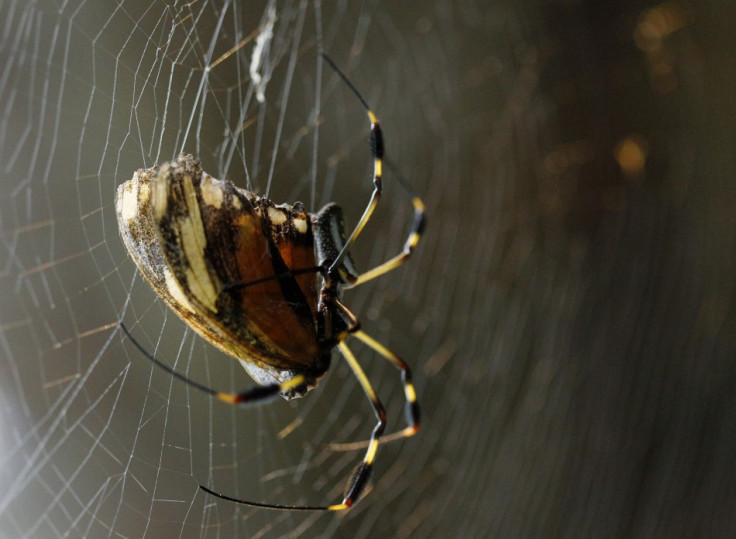
The planet's biodiversity may be reaching a tipping point and we could be in the early days of a sixth mass biological extinction event, warned a Stanford study.
Estimates of the total number of species of animals, plants and fungi alive swing between two million and 50 million, making it unclear how many species are alive today and how many of these face extinction threats.
At the upper rate, thousands of species are disappearing each year and if that trend continues, it could lead to a mass extinction, defined as a loss of 75% of species by 2200 said a "status report of life on Earth" compiled by Nature.
Many undocumented species are believed to inhabit small regions of the planet with their habitats facing threats from human population pressures.
The human population has doubled in the past 35 years; in the same period, the number of invertebrate animals -- such as beetles, butterflies, spiders and worms -- has decreased by 45%.
Protected areas downgraded
Protected areas cover around 15% of land and 3% of oceans. This is still short of the global 2020 targets to protect at least 17% of land and 10% of oceans.
A recent global analysis documented 543 instances where protected areas saw their status downgraded or removed altogether.
Oil exploration, mining permits, oil and gas extraction, road construction have led to shrinking protected areas in many parts across the globe.
Amphibians are the most imperilled with 41% facing the threat of extinction while large fractions of mammals and birds face significant threats due to poaching and habitat loss and degradation.
The WWF's 2014 Living Planet Report highlights a 52% decline in mammals, birds, reptiles, amphibians and fish overall from 1970 to 2010.
With only six northern white rhinos left in the world and three incapable of natural reproduction, the second largest land mammal species could soon be extinct.

Extinction rates
The IUCN had also warned during the year that human activities are sending a third of known species to the brink of extinction. But the species assessed constituted a 4.5% of the 1.7 million species of animals, plants, fungi believed to inhabit the planet.
Current estimates range from 500 to 36,000 extinctions per year. From 0.1 extinctions per million species per year in the pre-human era to 100 extinctions per million per year now calculated by a study from Duke and Brown universities, the human impact is clear and deadly.
Humans who began by wiping out mastodons and mammoths in prehistoric times have been at the job, helping to wipe out the dodo, the golden toad, the Tasmanian tiger, and possibly the white rhino soon.
Big mammals like the tiger and the elephant are also joining the queue thanks to poaching and habitat degradation.
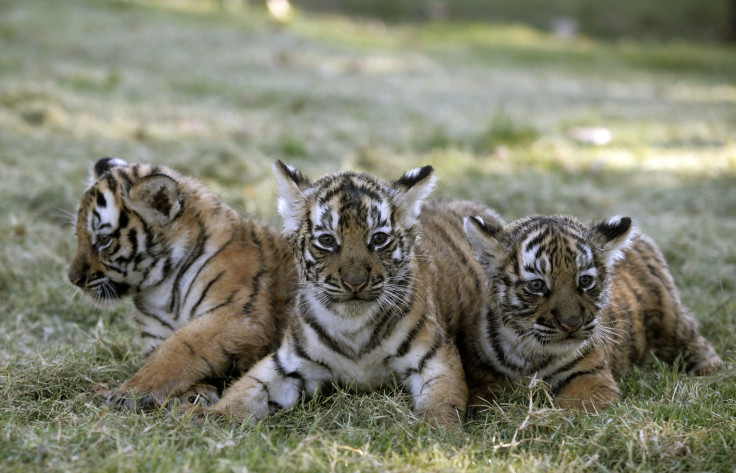
Uncontrolled exploitation has rendered many marine species extinct while poaching and habitat loss are affecting large mammals like the elephant.
Poaching and habitat loss
While habitat loss over the previous few decades is a primary reason for tigers dying out – 93% of their forest territories has been destroyed – poaching is the other major reason for tiger populations falling from approximately 100,000 in the 1910s to 1706 in 2010 in India which is home to two-thirds of the Asian tiger.
The Wildlife Protection Society of India (WPSI) has recorded a rise in poaching and trafficking of wild tiger parts, and identified 73 tiger trade hubs in Indian districts with high incidence of illegal trade in tiger parts.
Illegal rhino horn trade has reached the highest levels since the early 1990s, while trade in ivory increased by nearly 300% from 1998 to 2011, according to a report by the wildlife trade monitoring network, Traffic.
Demand for ivory-based jewellery in China and Thailand and superstitious beliefs in Vietnam about the rhino horn have placed these animals under severe poaching pressure throughout Africa.
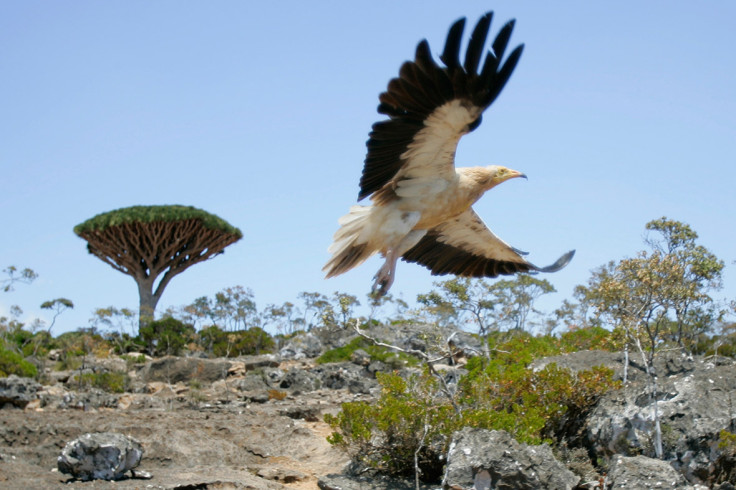
Vultures may become extinct in our lifetime.
They declined in the Asian subcontinent due to veterinary drug diclofenac and now it seems the same process is on in Europe and Africa. In Africa, they are hunted for their body parts to be used in medicines.
The largest breeding site for flamingos in Asia stands threatened after the diversion of 80 hectares of the Kutch Desert Wildlife Sanctuary for the construction of a road.
Of Birds and 'King Julian's' tribe
Over the past 30 years, many of Europe's most common and widespread species of bird have been rapidly declining, said researchers from the University of Exeter.
Over 90% of lemur species (remember King Julian in Madagascar?) are threatened with extinction, with human disturbance to their habitats, poaching and the lack of conservation programmes following a political crisis in Madagascar.
Twenty-two of the 101 lemur species are now classified as critically endangered.
Uncontrolled fishing, logging, mining and agriculture have pushed the Pacific Bluefin Tuna, Chinese Pufferfish, American Eel and Chinese Cobra to the brink of extinction.
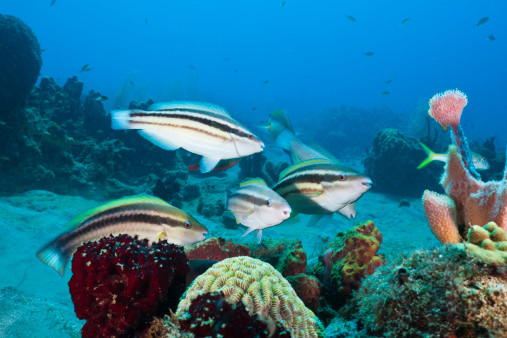
The Malaysian mollusc and the world's largest known earwig were declared extinct by IUCN following the destruction of their habitat.
Corals have been dying a slow death under the onslaught of water pollution from terrestrial runoff and dredging, destructive fishing, overfishing and coastal development, not to mention climate impacts.
Dismal track record
The 12th meeting of the Conference of the Parties to the Convention on Biological Diversity (COP 12) held in South Korea concluded on a disappointing note that biodiversity targets agreed upon in 2010 at Nagoya are far from being met with most nations continuing on a business as usual track.
Many of the Aichi Targets agreed upon -- which include halving habitat loss, reducing pollution and overfishing, and putting a brake on species extinction by 2020 -- would not be met.
Reversing the increasing rate of global biodiversity losses may not be possible without embracing intensive, and sometimes controversial, forms of threatened species management, say scientists. One of these is "conservation translocation" or movement of species to re-establish new populations, said the Stanford study.
But not all experts agree on this. Introducing a species into a new environment comes with the danger of not knowing the interactions that will follow.
An easier way would be simply to cordon off biodiversity hot spots and protected areas and ensure a minimal if not nil amount of interference by human activities.
A mere 2.5% of global annual military expenditure if allocated to protected areas could go a long way in managing them and protecting the planet's biodiversity, said a study done by Wildlife Conservation Society, the University of Queensland, and the IUCN World Commission on Protected Areas.
Sliver of hope
Amidst the barrage of bad news came a thin silver lining in the story of the giant tortoise of the Galapagos island.
Believed to be on the brink of extinction, these ancient creatures made a recovery, thanks to the work of conservationists.
The numbers of the Espanola subspecies are up at 1000 from a mere 15 five decades ago.
About 1,000 km west of Ecuador, the Galapagos archipelago in the Pacific is home to many unique creatures that inspired Darwin in framing his theory of evolution by natural selection during his 1835 visit.
But invasion of the island by goats introduced by fishermen led to the destruction of the natural habitat favouring the tortoises. The island turned into a dust bowl.
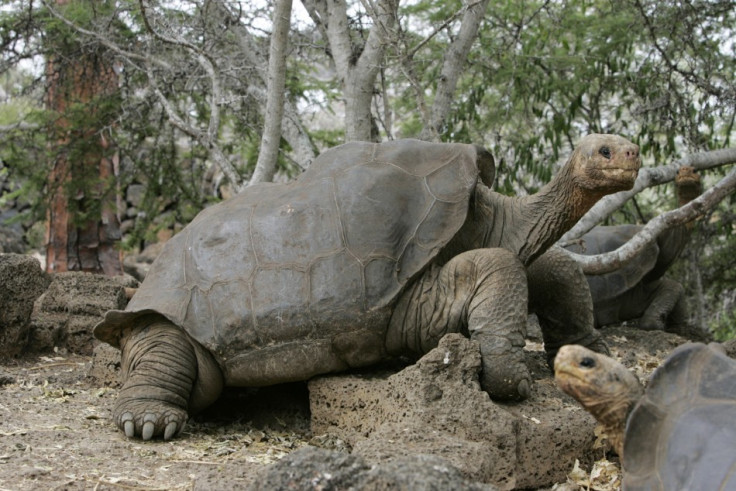
But the bushes native to the region are making a comeback and with them, the tortoises.
Invasive species like the South American red ants found recently in Australia and increase of infectious diseases like Ebola are among the most worrisome results of biodiversity loss and natural habitat degradation.
In the intricate web of life on the planet, the destinies of all species are linked by many, invisible threads.
When humans choose to ignore this, the effect will be felt by all species, homo sapien included.
© Copyright IBTimes 2025. All rights reserved.





















